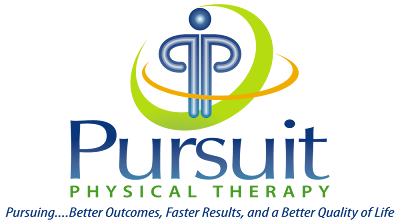This would NOT be the proper posture at work, but we see it everyday. Many of my patients complain of pain at work and their job activities is one thing that increases their pain. Those who sit at a desk for most of their day at work usually have multiple ergonomic flaws at their workplace and desk. For most people when your workplace is ergonomically assessed, it may look like this:
Research has shown that the majority of complaints from working at a desk with poor ergonomics are: eye strain, shoulder, back pain, arm, wrist, and neck pain. Do you ever experience any of these while working at your desk? We all do. So what can we do about it? A thorough ergonomic assessment and patient education has been shown to help reduce neck, shoulder, and back pain at a desk workplace. An ergonomic station assessment can be done by assessing the workstation layout, task-work methods, and correct positioning of the video display and keyboard. This would be an example of proper posture at a desk:
General guidelines:
One simple adjustment, away for the desk, is to avoid poor lifting technique and repetitive lifting. This can predispose you to low back pain. Also try to avoid prolonged awkward postures, below the waist or overhead lifting, trunk twisting, and excessive reaching.
2. Workstation Layout
Keep items on your desk within a close work station to avoid repetitive out-stretched reaching. Below is a picture with a general layout of what your work station should look like.
3. Video Display
4. Keyboard and Mouse
The keyboard should be on a stable surface at the appropriate height allowing your wrist to be in a neutral position. Elbows and forearms should not be in contact with a hard edged surface. Your wrist position for the mouse should be in a neutral position.
5. Chair
Your chair should have proper lumbar and spine suppport. The arm rest should allow your shoulders and forearms to rest and aligned you wrist properly with your keyboard. The seat height should be proper so the seat is not pushing into the back of your knees and your feet are resting on the ground.
6. Phone
If you notice that your phone is on the right side of your desk and you constantly are experiencing right sided neck pain, this may be due to the phone. To solve this problem many companies are going to a head set to avoid the awkward positions the telephone is causing.
Summary:
Having a workplace ergonomic assessment may help you get out of pain that your desk and work posture is causing you. Ergonomic corrections, physical therapy, and patient education should resolve you pain. Remember, you can get all of the treatment you want for your neck, should and back pain, but if the cause of it is never addressed, then your symptoms will continue to return. Contact Pursuit Physical Therapy for an ergonomic assessment at 407-494-8835 and we can help you get out of pain and make sure it never returns.





































.jpg)
.jpg)









